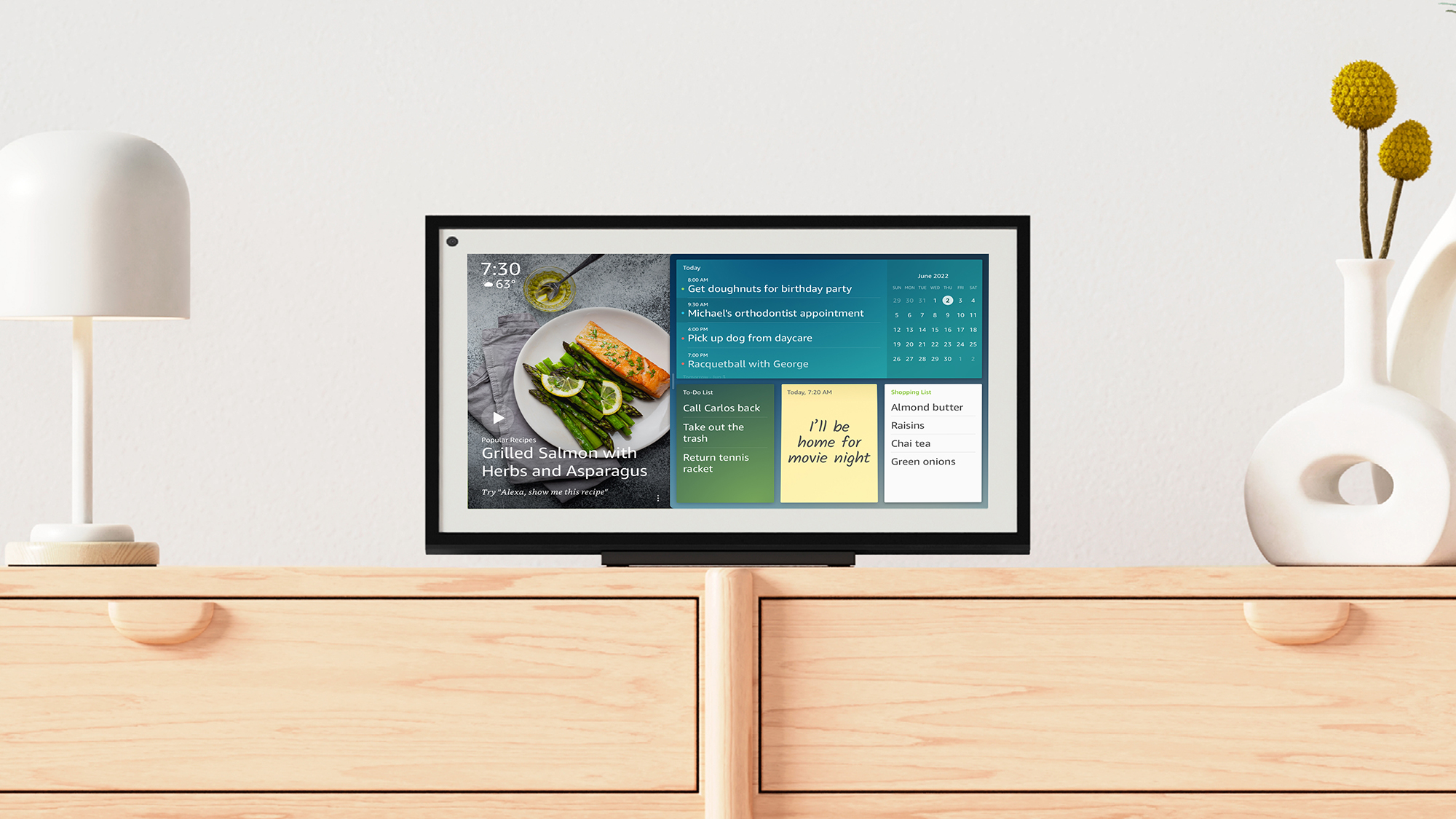

We may earn revenue from the products available on this page and participate in affiliate programs. Learn more ›
There are a lot of fantastic smart home devices on the market now, but it’s not always easy getting them to talk to one another and work in unison. That’s where Matter comes in: It’s a standardized set of rules for getting smart home kit gadgets to speak the same language.
Every smart home device comes with its own apps—but what happens when you want to turn off your lights and heating with one voice command? Or want to use smart plugs from two different manufacturers?
Matter aims to standardize all that. It’s being developed by a group of companies–including Google, Apple, Samsung, and Amazon–that comprises most of the major players in the industry. Here’s what you need to know about the technology, and what you need to think about when buying a smart home kit.
The basics of Matter

Matter version 1.0 arrived in October 2022, a successor to a program called Project CHIP (Connected Home over IP). The standard is developed by the Connectivity Standards Alliance (CSA), which has more than 500 members now—from the aforementioned big tech names to the likes of Intel, Logitech, TCL, Sonos, Dyson, LG, and HP.
Matter isn’t a brand of products, it’s a badge you look for on the box (or on the online listing) when you’re shopping for smart home devices. It means the gadget you’re getting is going to work with other gadgets that have Matter support. Matter communication can happen over Wi-Fi, Ethernet connections, and Bluetooth (any smart home device will offer at least one of these).
Matter also makes use of another smart home protocol called Thread: It’s another way to get devices talking, like Wi-Fi and Bluetooth. If Matter is a language like English or Spanish, then Thread is one way to get that language across—think sending a text or making a phone call. You can have one without the other, but devices that use both are best set up to communicate as quickly and as effortlessly as possible.

While Matter can connect to the cloud, it doesn’t have to—the idea is that your devices can still talk to each other without the web, improving reliability and reducing latency. And as successive versions of Matter have been released, more and more device types have been added to the standard. At the time of writing, the latest version is Matter 1.3, which added support for microwave ovens and electric dryers.
However, while Matter continues to improve slowly and steadily, it’s not without its problems. Video doorbells and home security cameras are not yet connected, for example, and some device manufacturers have been sluggish updating their products with the latest Matter standards.
Take Matter casting, a standard feature that lets you beam video from one device to another much like you would with Chromecast or AirPlay. At the moment only Amazon has implemented the technology into its products, which means we’re far from the day when any video can be beamed to any screen around your home.
Different types of Matter devices

As well as understanding the basics of Matter, you should know about a few different device types. The first are gadgets that support the Matter standard: your smart lights, your smart locks, and whatever else you’ve got installed. These should sync nicely with other Matter devices.
Then there are Matter Controllers, which are like smart home hubs. You don’t need a controller, but it enables more functionality, such as online access (so you’re able to control what’s happening at home over the web). Smart speakers like the Amazon Echo, Apple HomePod, and Nest Hub devices are Matter Controllers, as are the smart home apps from Amazon, Apple, Google, and Samsung.
If you’re using Thread with Matter, you’ll also need a Thread Border Router: As with Matter Controllers, a lot of smart devices double up as Border Routers, such as Amazon Echo speakers or Apple TV 4K boxes. Having more than one of these devices strengthens the mesh network that keeps Thread gadgets talking to each other.

Then there are Matter Bridges, which can extend Matter functionality to non-Matter devices on your network. Thread Border Routers serve this purpose, but there are other types as well. A Philips Hue smart light hub is an example of a Matter Bridge that isn’t a Thread Border Router, connecting all of the Hue bulbs you’ve got at home to the Matter network.
These different device types are worth considering while you build your smart home—and keeping up to date with smart home news helps too, because devices can often be updated by their manufacturers to be Matter Controllers, Matter Bridges, or Thread Border Routers.
Bear in mind too that Matter devices can be controlled through Alexa, Google Assistant, and Siri—you can even use them alongside each other if you need to. It gives you significantly more flexibility when it comes to figuring out what gadgets you want to get working together, and how you want to control them.